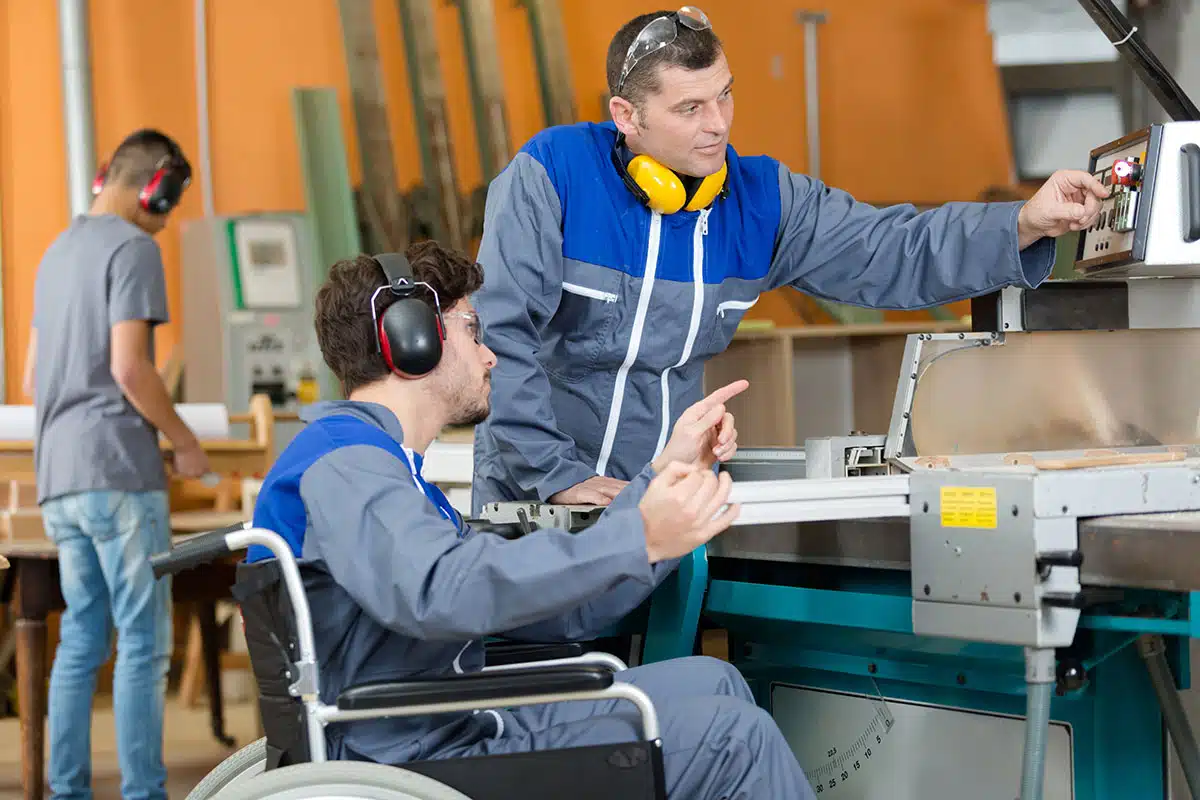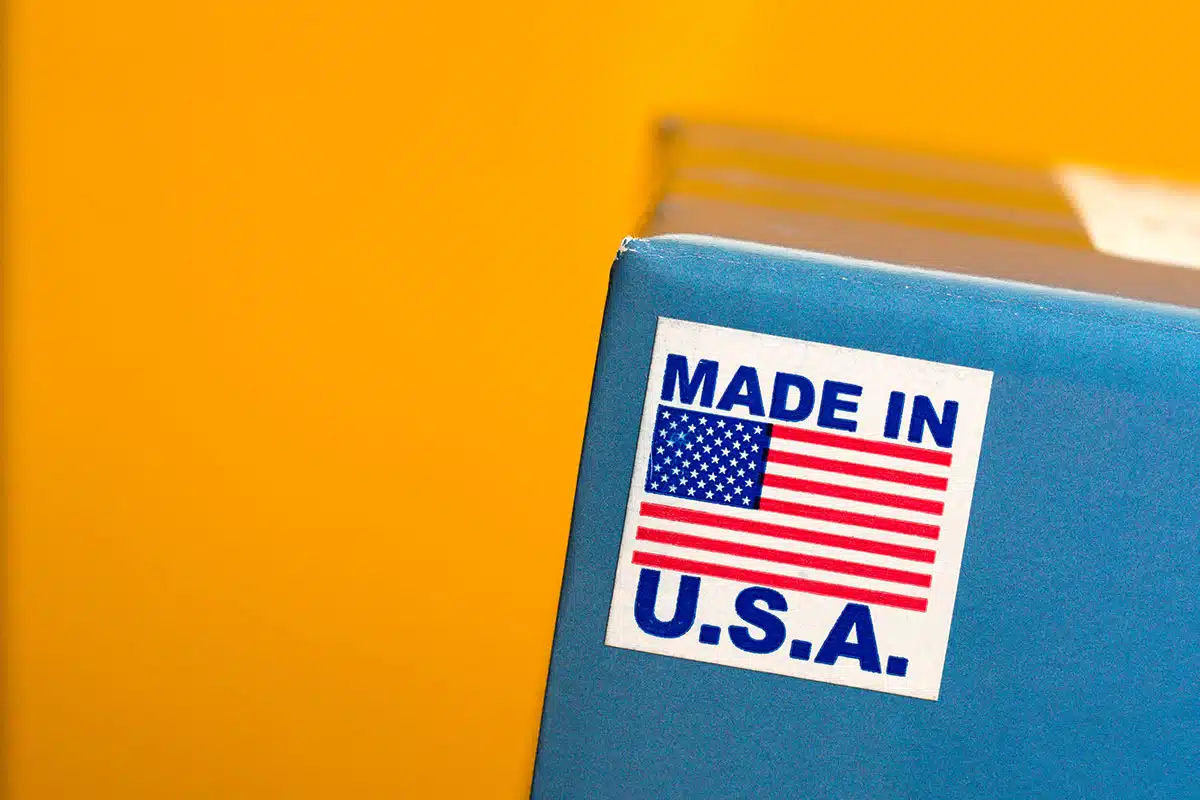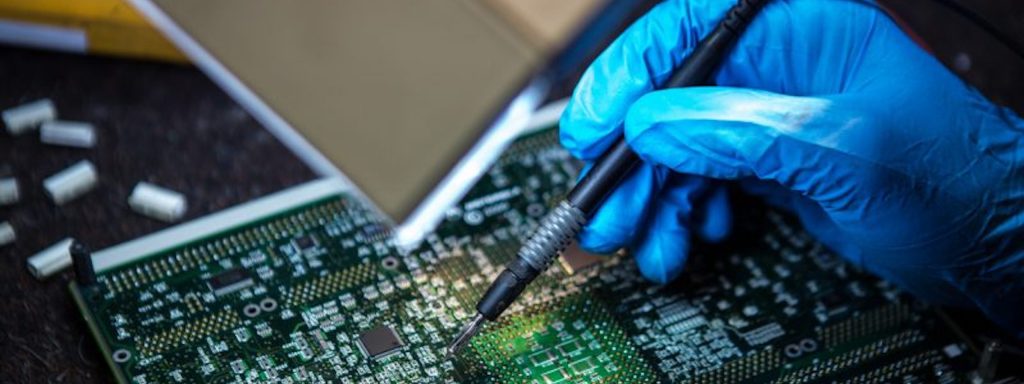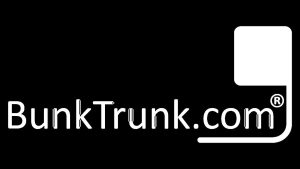California State Parks Taps PRIDE Industries for $6M E-commerce Website
With 280 state park units, over 340 miles of coastline, 970 miles of lake and river frontage, 15,000 campsites, 5,200 miles of trails, 3,195 historic buildings, and more than 11,000 known prehistoric and historic archaeological sites, the California Department of Parks and Recreation contains the largest and most diverse recreational, natural, and cultural heritage holdings of any state agency in the nation.
The Challenge: “We put building an e-commerce site out for bid but didn’t get any responses.”
That’s from the parks’ Concessions Statewide Project Manager Sasha Tokas.
The parks draw 68 million visitors annually, and all those people need passes to enter. In 2008, the agency decided to be one of the first state parks systems to offer park passes and merchandise online.
But without any historical demand or promise of sales, they couldn’t find a vendor to take on the e-commerce website development project—until PRIDE Industries came along.
The Solution: “PRIDE Industries also does fulfillment for merchandise and saw room for us to grow.”
And grow it did. In 2011, the website grew to $1 million in sales and soared to $6 million by 2022. “Visitors from all over the state, country, and world can buy their passes online, making their trip planning easier and more predictable,” Tokas said.
The Result: “PRIDE Industries brought us into the 21st century!”
“The best part is that it happens behind the scenes while we work on business-critical issues like contract and partner management,” said Erik Hernandez, Concessions Program Manager. “I previously worked at a parks and rec district where I had to run the e-commerce, and there is just no way we could do that and handle the demand. Having online sales in place was huge.”
“I don’t know what we would have done without them when the pandemic hit.”
“While many businesses and organizations were scrambling to go online, we were already there—just when demand went through the roof,” Tokas said.
PRIDE Industries designed, built, and currently manages the state parks’ online store. The company also designs and ships all merchandise but the passes. Individual parks with concessions also order and sell merchandise.
“The relationship is very positive,” Tokas said. “The team is very responsive to our needs and listens to our suggestions, and it’s seamless.”
“We love PRIDE Industries’ mission to build an inclusive workforce."
PRIDE Industries is a social impact company with a mission to provide employment for people with disabilities by delivering high-value business services in the areas of manufacturing and logistics, and facilities management. The company has some 65,000 square feet of warehouse, manufacturing, and packaging space and performs packaging and fulfillment for companies as large as Hewlett-Packard (37,000 parts!) to small startups. Regarding e-commerce, the company uses top web developers and platforms to deliver secure, profitable sites.
“We share a strong commitment to accessibility—in our case, accessibility for all to our amazing parks,” Tokas said. “Internally, we are also committed to Diversity, Equity, and Inclusion.”
A Vision of Accessibility
Indeed, one of the core values at California State Parks is cultural diversity and accessibility. The agency believes in the right of all visitors, including persons with disabilities, to have access to recreational opportunities and to enjoy the cultural, historical, and natural resources found in state parks.
Of course, the state parks’ online store was designed to be accessible to everyone and follows the standards set by California Government Code Sections 7405 and 11135 and the Web Content Accessibility Guidelines (WCAG).

“Visitors from all over the state, country, and world can buy their passes online, making their trip planning easier and more predictable. PRIDE Industries brought us into the 21st century!”
— Sasha Tokas, Concessions Statewide Project Manager
Summary
The challenge: Build a world-class e-commerce site to enable park visitors to buy passes and merchandise online.
The solution: PRIDE Industries offered website development, management, and merchandise fulfillment.
The result: The site now sells $6 million each year.
Services Provided:
- E-commerce website design
- E-commerce management
- Packaging and fulfillment






